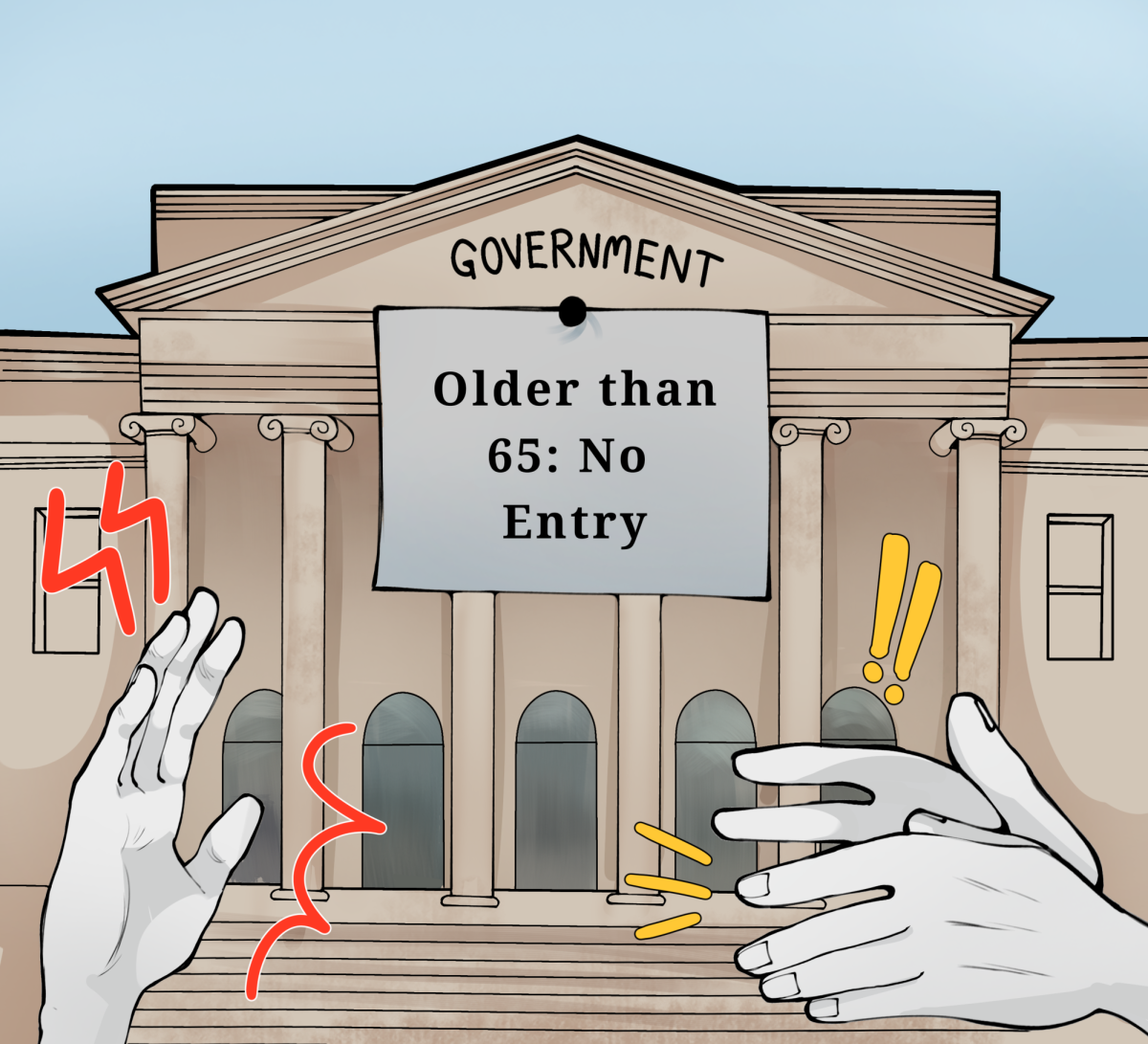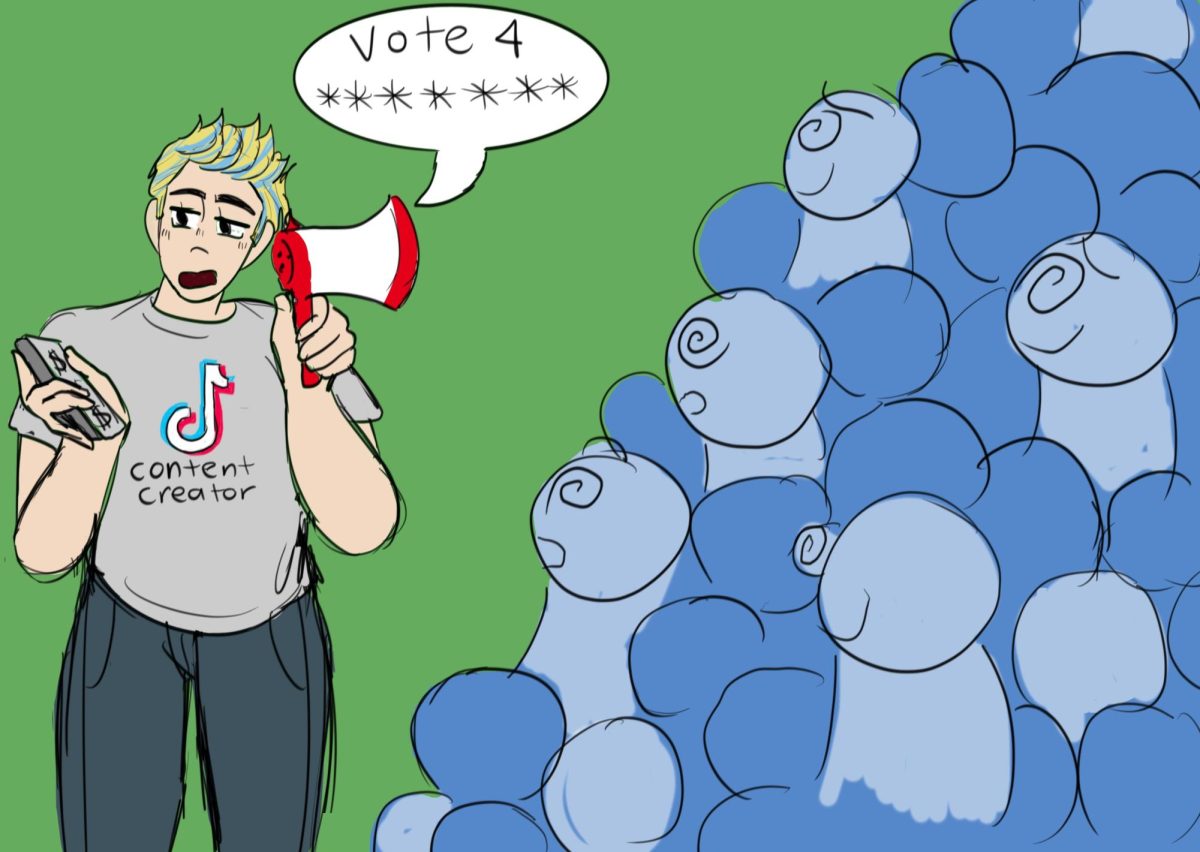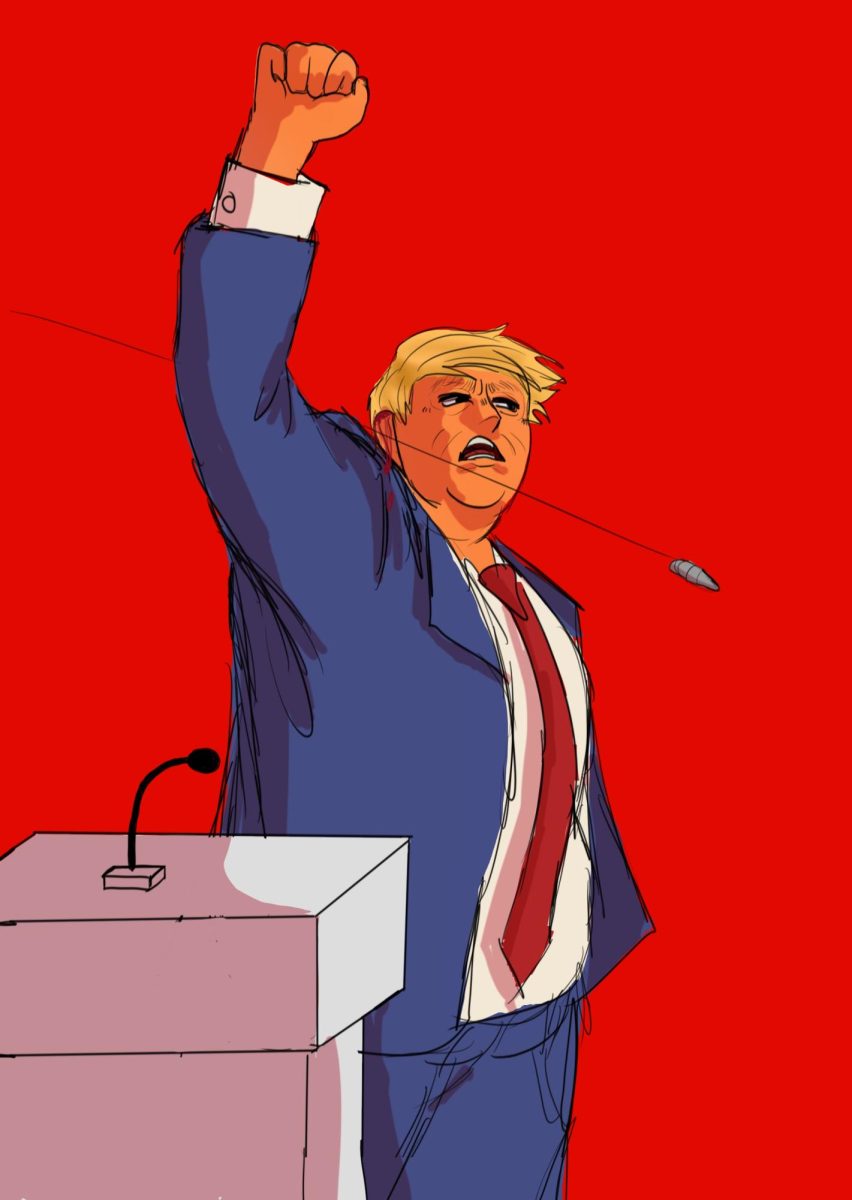On July 26, Senate Minority Leader Mitch McConnell of the Republican party (R) suddenly froze and brought an abrupt stop to his speech during a Republican leadership news conference. McConnell was swiftly escorted away soon after. The following day, Senator Dianne Feinstein of the Democratic party (D) was to vote at the Senate Appropriations Committee hearing but instead she began reciting a speech, despite being advised by colleagues to simply vote with “aye.” 81 year old McConnell and 90 year old Feinstein both hold important political positions, giving rise to the question of whether or not many of the current government officials are still fit for the job.
Politicians hold power in the government and are essentially the figures that influence how the country is led. As of 2023, the median age of the United States (U.S.) senators sits at 65, with the median age of U.S. representatives in the House being 58. Since many of the officials are over the age of 60, it is a prevalent concern among U.S. citizens that they can no longer hold the position to lead the country as a result of their old age.
In the National Public Radio (NPR) article “After McConnell’s and Feinstein’s episodes, should age limits be on the table?,” reporter Juliana Kim states that “concerns over life expectancy and mental fitness will likely keep resurfacing as Congress gets older and there are few legal options to address gerontocracy [government ruled by older people].”
Furthermore, Senate seats are not the only positions filled by older individuals: President Biden at age 80 is the oldest president elected in U.S. history, and expresses his desire to remain in office until 86.
However, there is an argument to be made that placing a limit on federal positions is unconstitutional according to a 1995 Supreme Court ruling. In her article “Should age limits be set for US elected officials in office?,” reporter Stephanie Liebergen of 10News explained that “Arkansas attempted to block potential candidates for the U.S. House who had already served three terms and block candidates for the U.S. Senate who had already served two terms.”
Liebergen additionally mentions that the “Supreme Court reasoned that if the Framers wanted term limits or additional restrictions of any kind, they would have included them in the constitution.” This ruling makes it difficult for any government official to make a conclusive decision on the age limit dilemma, as the proposal is controversial to both presidential and congressional candidates.
In order for there to be an existing maximum age limit, Congress would be required to add a new amendment to the U.S. Constitution, which is a notoriously difficult endeavor that rarely occurs. Kim writes that adding a new amendment “requires the support of two-thirds of both chambers of Congress, as well as three-quarters of the state legislatures. The last time Congress added an amendment was over 30 years ago.” The task of adding a new amendment poses a significant obstacle in imposing a maximum age limit, however, it is not impossible and has evidently been done before.
Old age comes with an increased risk of disease and the depreciation of physical capabilities, which is why McConnell and Feinstein’s consecutive episodes were the basis of the age limit proposal. According to the World Health Organization, “At the biological level, aging results from the impact of the accumulation of a wide variety of molecular and cellular damage over time. This leads to a gradual decrease in physical and mental capacity, a growing risk of disease and ultimately death.”
With McConnell being 81 and Feinstein being 90, it is no coincidence that their age correlates with their recent episodes. Those in their older ages holding governmental positions will eventually need consistent care and thus will become less fit to lead the country.
In fact, there’s been growing support for imposing an age limit on governmental positions. Liebergen writes that “Polling shows repeated bipartisan support for age limits: a YouGov poll in early 2022 found nearly 60 percent of Americans supported one, with a slightly larger preference from Republicans. An NPR-Morning Consult poll found that 41 percent of respondents said the age of political leaders was ‘a major problem.’” Bipartisan support is support from both parties, Democratic and Republican. This further emphasizes the importance of an age limit in government considering the belief is shared even between opposing parties.
Currently, national political participation has been declining rapidly due to lack of interest among younger voters. In a survey conducted by Hamilton College, much of the younger generations’ low political participation stems from a lack of support for their issues. The survey revealed that “When asked about various reasons for young peoples’ lack of political participation, 33.6 percent strongly agreed that politicians did not pay enough attention to young peoples’ concerns, and 32.1 percent strongly agreed that negative campaigning turned off young people.” Considering many of the current politicians are over the age of 60, they’re focus is going to lie within issues that concern them, which are not necessarily issues that concern the younger generations.
This is not to say that the issues of the younger generation are more important than the problems of the older generations; this is just highlighting the fact that increased political participation can also be a benefit of imposing age limits. With younger people in office, the concerns of the younger generations will be touched upon, which will motivate them to vote.
As politicians continue to get older and problems in the U.S. need to be attended to, many of the politicians will be ill-equipped to lead the country. Imposing a maximum age limit will prevent this from happening and will ensure that many of the issues that arise will be given solutions. In 2019, former president Jimmy Carter stated that “I hope there’s an age limit. If I were just 80 years old, I don’t believe I could undertake the duties I experienced when I was president.”








